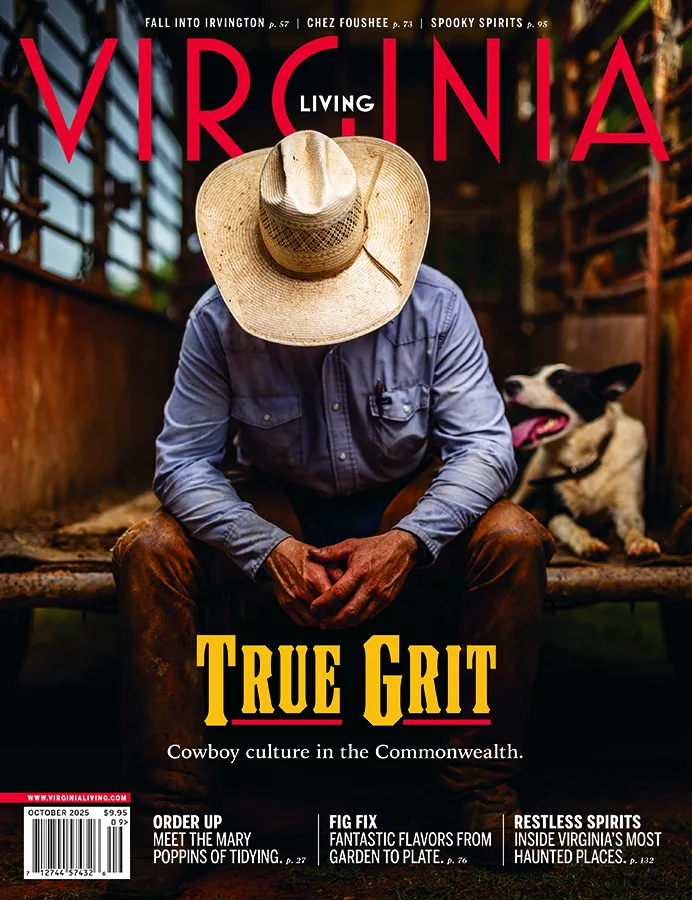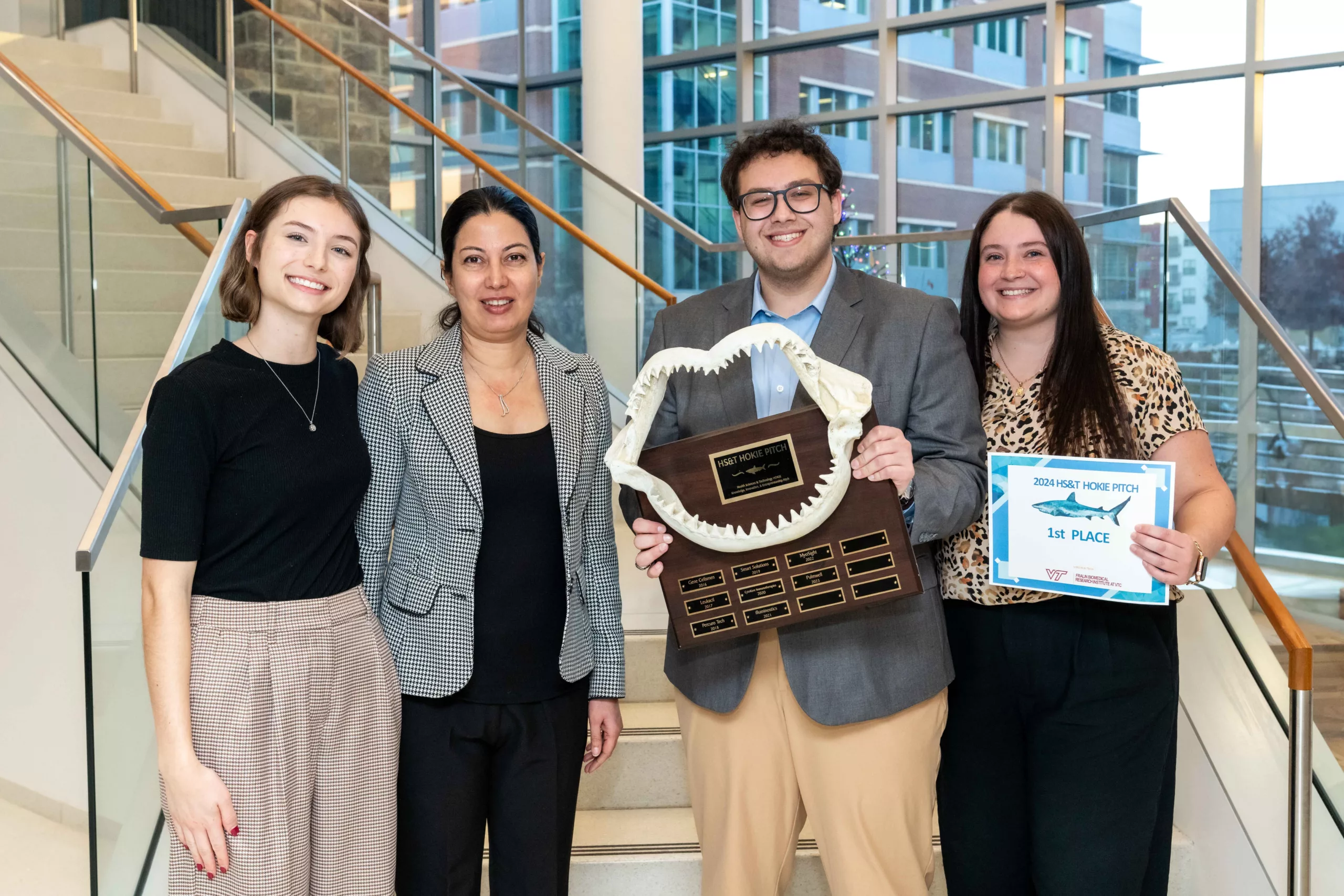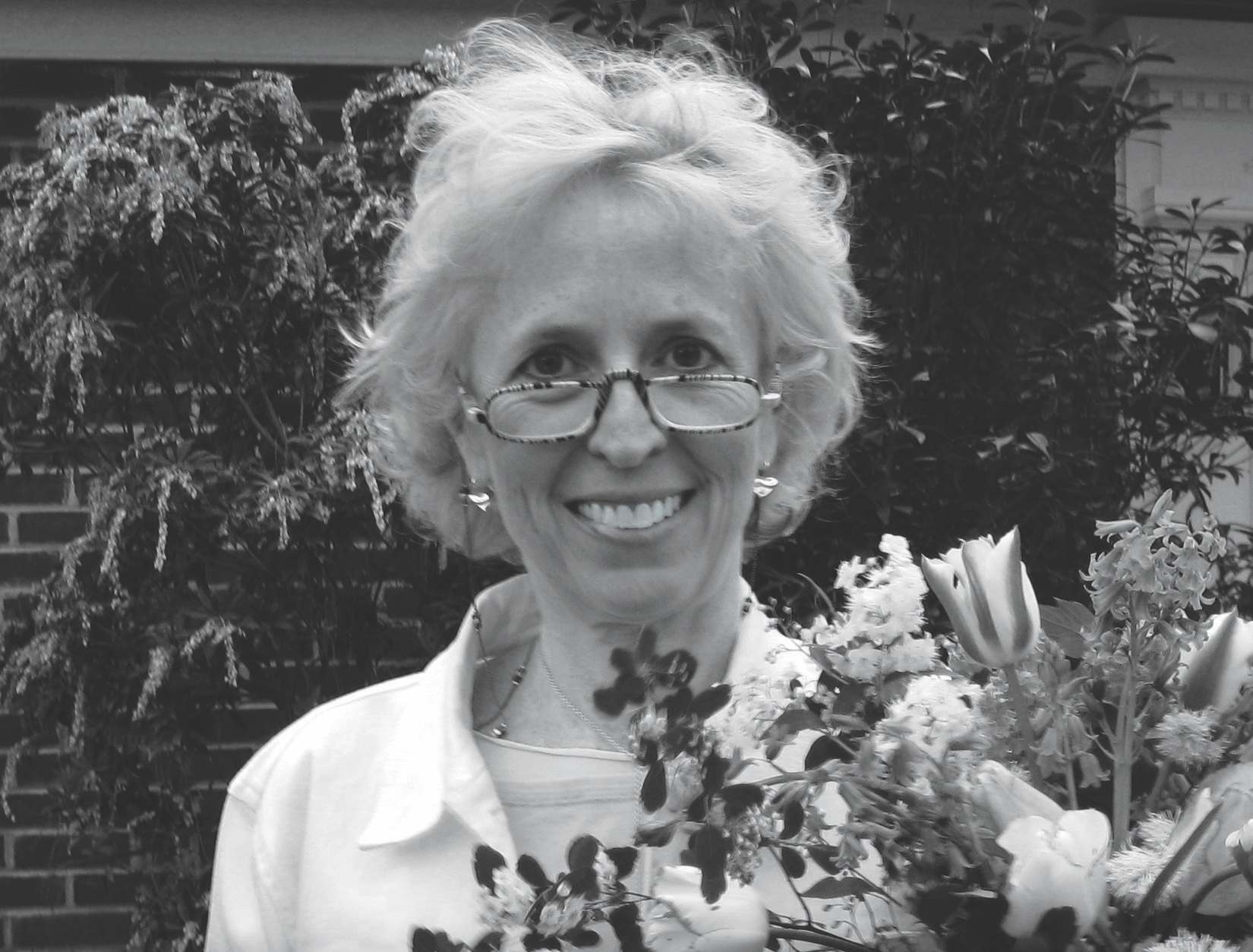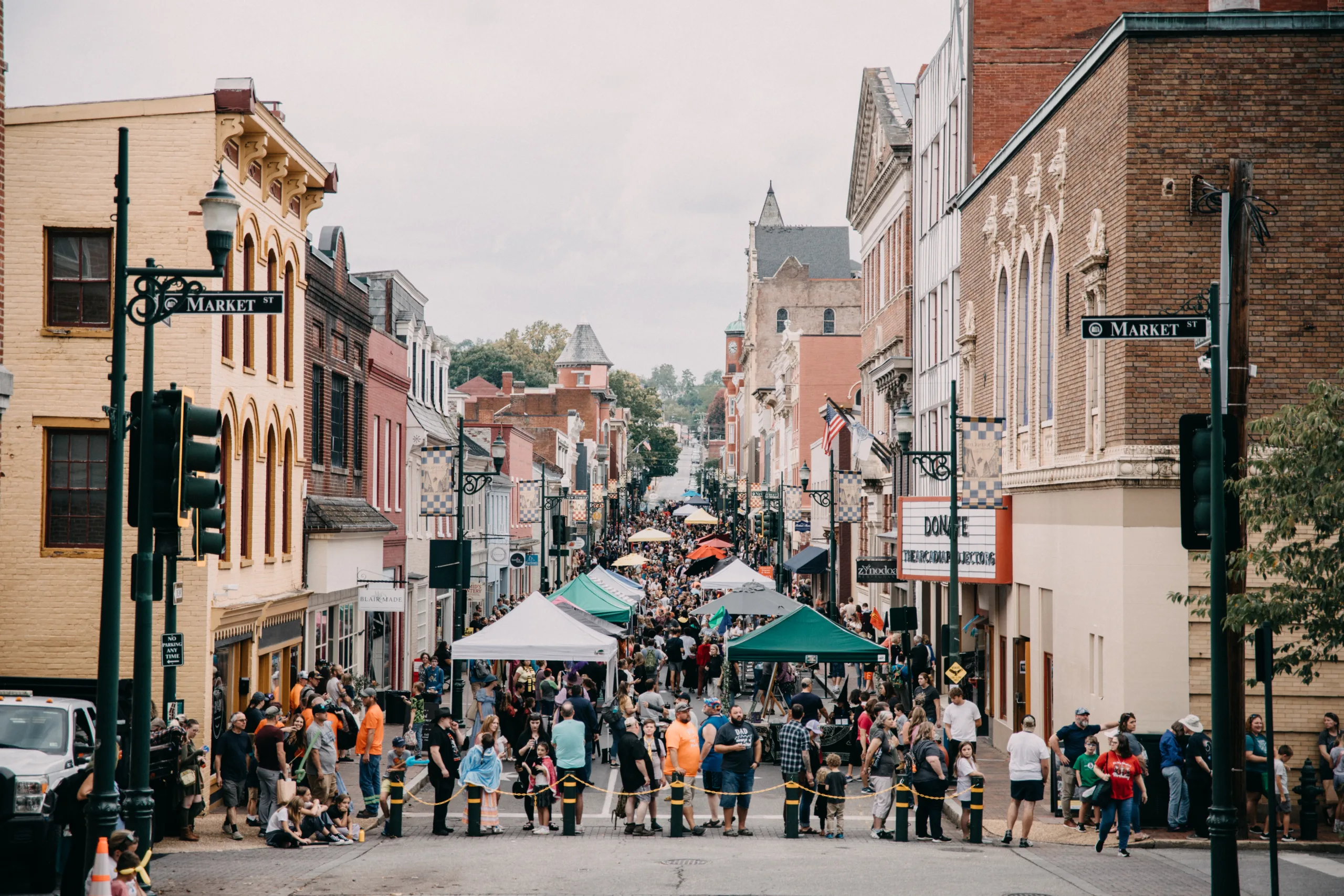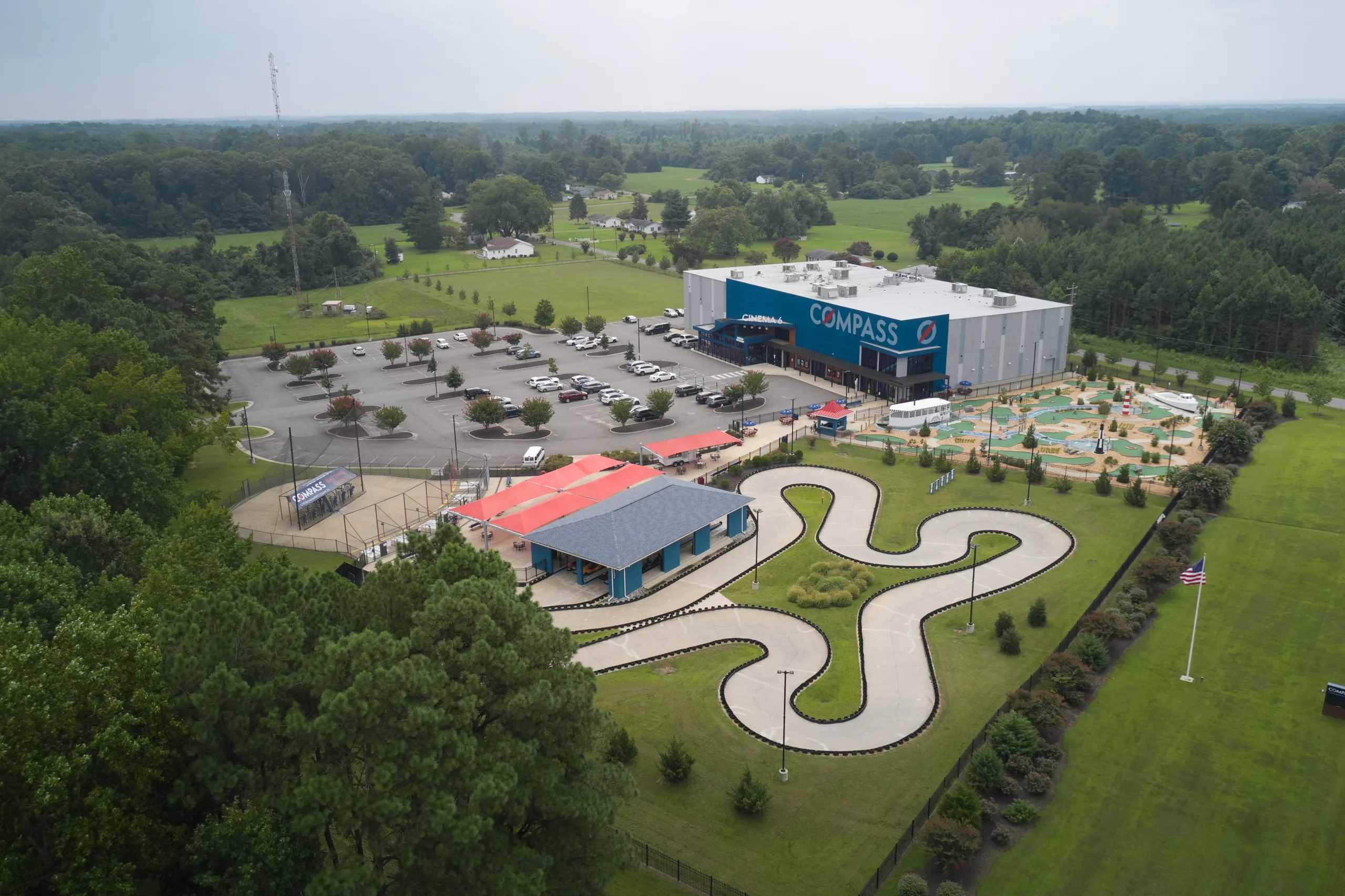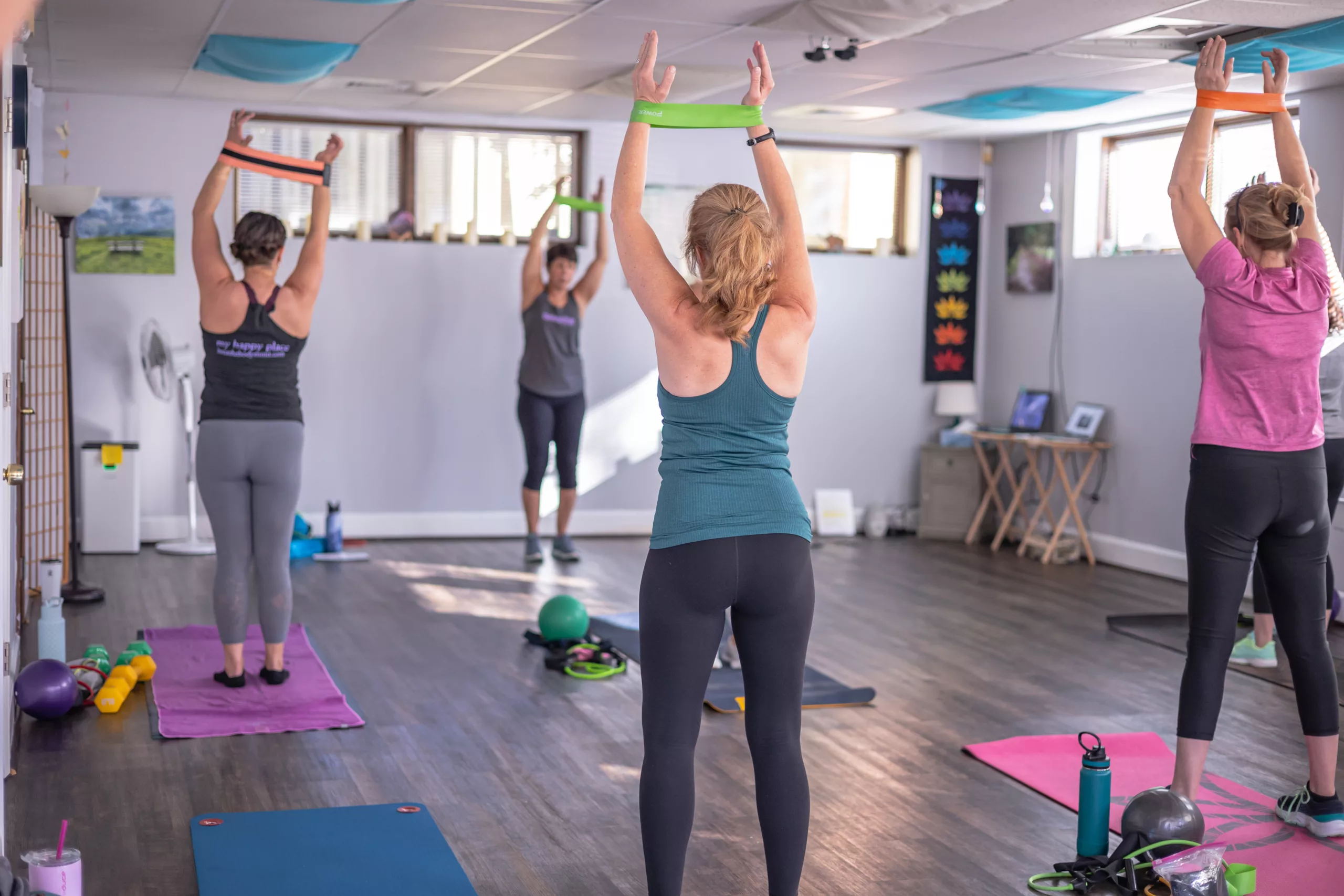Move over, Shark Tank. At Virginia Tech’s Health Sciences and Technology campus in Roanoke, graduate students are diving into something even more challenging: turning complex medical discoveries into life-saving devices and products.
In a high-stakes competition that mimics the popular TV show, 21 first-year students in the Translational Biology, Medicine, and Health Graduate Program recently pitched their mock biotech start-ups to a panel of expert judges. The prize? Up to $2,000 in funding and real-world experience in the complex world of biomedical commercialization.
The competition, known as the Health Sciences and Technology Hokie Pitch, was the culmination of a semester-long module on biomedical commercialization. During the course, students learned about intellectual property, regulatory processes, clinical trials, venture capital, pitch preparation, and biotech company financing.
Working in teams, the students competed for monetary prizes and presented their mock start-ups to a real-world judging panel. The panel included Michael Friedlander, Virginia Tech’s vice president of health sciences and technology, along with community partners Deborah Petrine of Commonwealth Care of Roanoke, Fourd Kemper of Woods Rogers law firm, and James Ramey of Middleland Capital VTC Innovation Fund.

Robert Gourdie, professor and director of the Fralin Biomedical Research Institute at VTC’s Center for Vascular and Heart Research, led the commercialization course. As a senior member of the National Academy of Inventors with experience in patents, licensing, and commercialization, Gourdie brought valuable expertise to the program. He has founded two biotechnology firms in Roanoke: Acomhal Research Inc. and The Tiny Cargo Co.
“It was clear at the outset that this is a very bright, engaged, and ambitious group of young people,” says Gourdie. “Right from the moment I stepped into the class, I was struck by their levels of engagement and curiosity.”
Among the competing teams was Germ Diagnostics, which won third place for their “CapEvac” pitch—an autonomous, wireless, ingestible capsule designed as a noninvasive, low-cost alternative to traditional endoscopy and colonoscopy procedures. Another team, Hepsmart, proposed a portable device for measuring blood ammonia levels to address diagnostic challenges in chronic liver disease. The first-place team, Luna Care, devised solutions to address postpartum hemorrhaging.
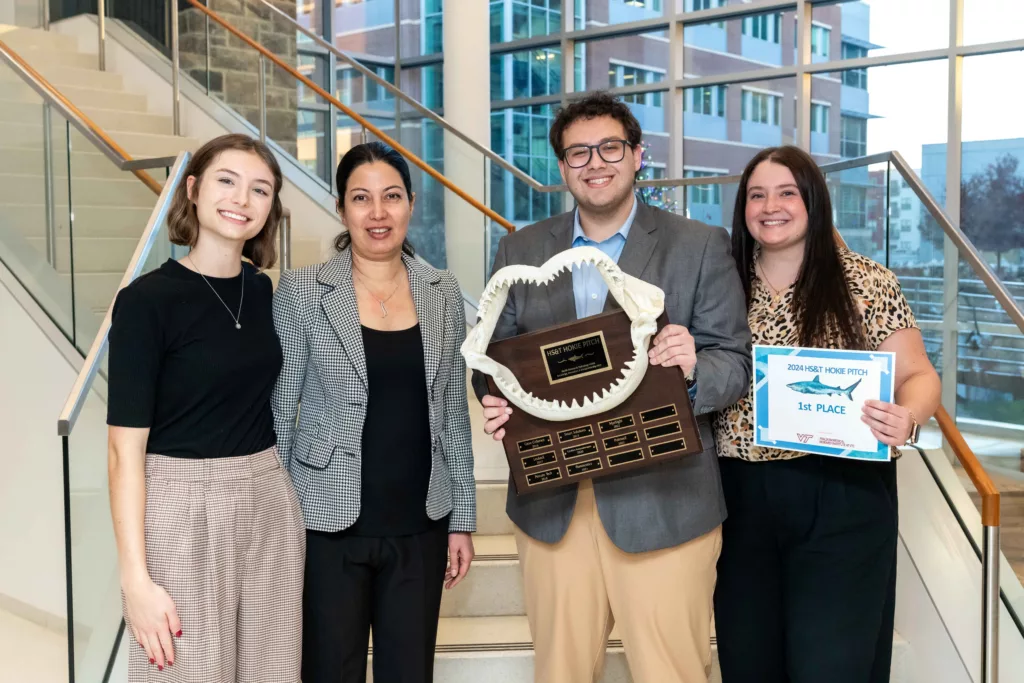
“Most science students are trained in making presentations to other scientists,” says Friedlander. “We stand up in front of lots of people who do what we do for a living and we go right into the scientific detail, often laden with jargon. This is different. You have to put yourself in the listener’s head and speak to a much broader audience, not only from the scientific world but also from the health sector and business and legal communities.”
The students received guidance from a diverse group of mentors, including commercialization executives, faculty, and local business and health system leaders. Senior students in the program also served as team mentors.
The competition was sponsored by Woods Rogers law firm and the Fralin Biomedical Research Institute, with Gourdie organizing the exercise alongside Linda Collins, administrator of the Center for Vascular and Heart Research.
“It’s our hope to arm our students with a perspective and skills that they wouldn’t get otherwise in traditional scientific training,” Friedlander says. “We want them to have the experience of doing world-class science, but in this program, particularly, to learn how to move that science to implementation and the marketplace, by effectively conveying their story to audiences beyond the scientific community.”
This article originally appeared in the June 2025 issue.
